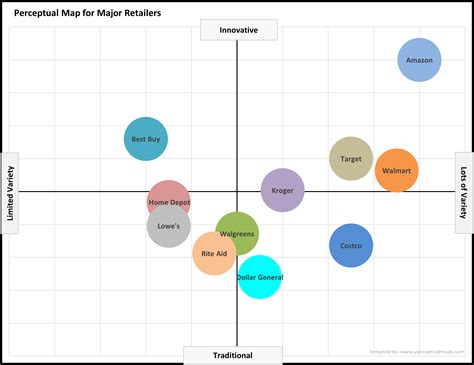How to develop a commercial strategy based on market dynamics
The cryptocurrency trade has become increasingly popular in recent years, with the increase of platforms such as Binance, Coinbase and Kraken. However, an important challenge that many merchants face is to develop a reliable commercial strategy that can resist market fluctuations.
In this article, we will explore the basic concepts of cryptocurrency trade, including the importance of understanding market dynamics and providing guidance on how to develop a commercial strategy based on these principles.
Understand market dynamics
Cryptocurrency markets are notoriously volatile, and prices fluctuate rapidly in response to economic news, feelings and indicators. A good negotiation strategy must take into account this volatility incorporating elements that adapt to the changing conditions of the market.
There are several key concepts to understand when developing a commercial strategy:
- Trending identification : Cryptocurrencies may be in several trend states (for example, bullish trend, bear trend), and operators must identify these trends to make informed commercial decisions.
- Support and resistance : Market prices often form support levels (where the price is stable) and resistance levels (where the price is unlikely to recover).
- Volatility : cryptocurrency markets exhibit high volatility, which can affect commercial strategies that depend on short -term price movements.
Development of a commercial strategy
To develop a reliable commercial strategy based on market dynamics, follow these steps:
- Choose a cryptocurrency : Select some cryptocurrencies to monitor and trade, such as Bitcoin (BTC), Ethereum (ETH) or Litecoin (LTC).
- Madest market research : Stay updated with news, economic indicators and feelings analysis to understand market trends.
- Identify technical indicators
: Use technical indicators such as mobile averages (MA), relative force index (RSI) and Bollinger bands to measure the impulse and market volatility.
- Develop a negotiation plan : Define its strategy based on the identified trend, support and resistance levels, and volatility.
- Test and refine : Try your strategy using historical data or simulated markets before executing operations in live markets.
Example of commercial strategy
We believe a simple example of a negotiation strategy that incorporates market dynamics:
- Identify a cryptocurrency with a strong support of around $ 5000-6000 (for example, Bitcoin) and resistance to $ 6500.
- Use mobile averages to measure the trend: the minimum MA of 20 days is $ 4200, while MA 50 days of maximum is $ 7000.
- Apply the relative force index (RSI) to determine the impulse of the market:
* The low RSI of 14 periods is 30; If it is above 70, the price has probably exceeded.
- Monitor volatility using Bollinger bands: if prices are within a narrow range of 5 standard deviations of its average value, they may be experiencing high volatility.
Best practices
To further improve your commercial strategy:
- Adaptable stay : be prepared to adjust your strategy as market conditions change.
- Continuously educate : Stay updated with market news, tendencies and technical indicators.
- Use risk management techniques : Implement arrest orders and position size to manage risk.
Conclusion

The development of a commercial strategy based on market dynamics requires careful analysis of cryptocurrency markets, the identification of key trend indicators and the refinement of strategies over time. By incorporating elements such as trends identification, support and resistance analysis, volatility and risk management monitoring, you can create a reliable negotiation plan that helps navigate the cryptographic markets constantly changing.
Remember to always learn, adapt to the changing conditions of the market and continually refine your strategy to maximize your yields while minimizing losses.
Leave a Reply